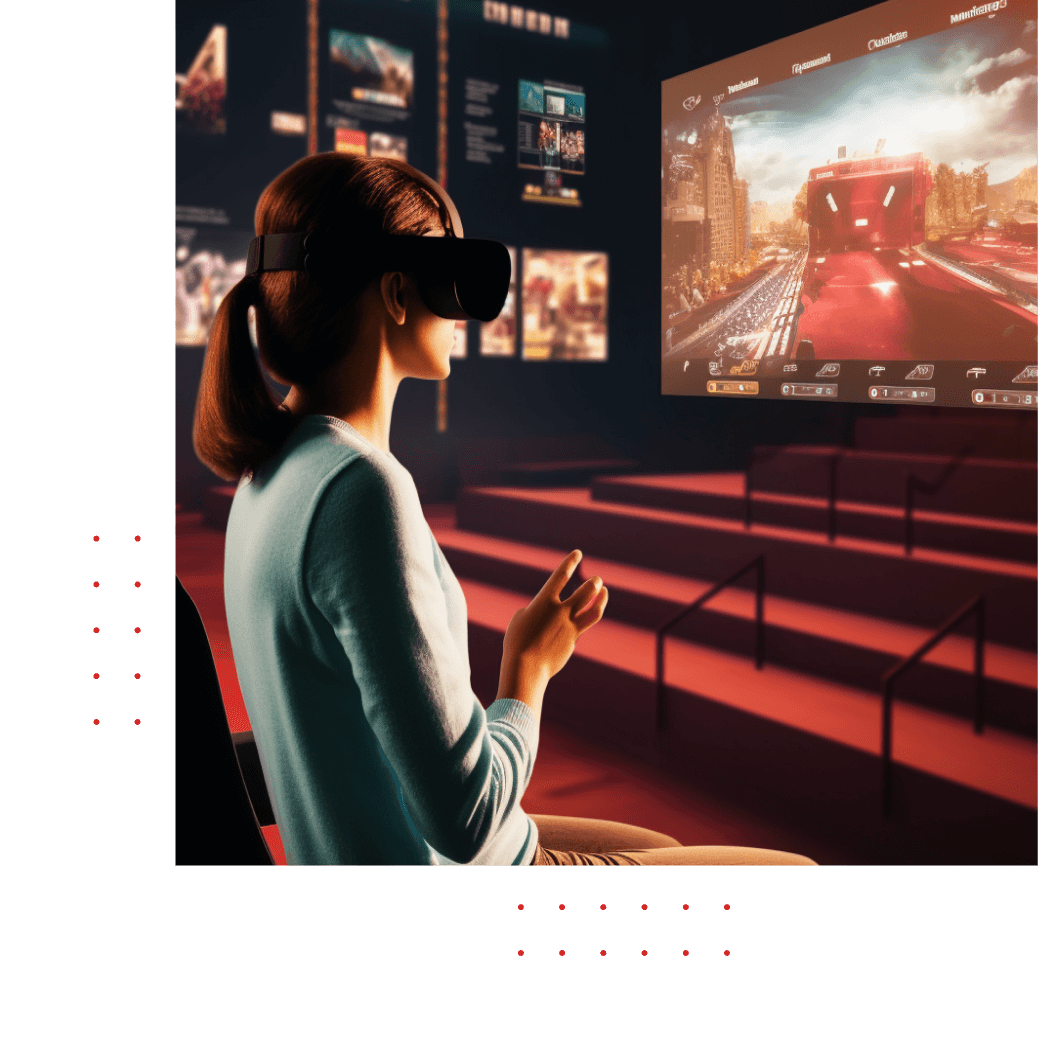Virtual Reality (VR)
Virtual Reality (VR)
VR Introduction
Virtual Reality (VR) stands at the forefront of technological innovation, transporting users into immersive digital realms that effortlessly blend the boundaries between reality and the digital landscape. In the realm of business, VR has emerged as a powerful tool for enhancing operational efficiency. Its training modules are revolutionizing the way companies operate, not only by fostering a more engaging learning environment but also by substantially cutting costs.
This transformative approach enables businesses to optimize their processes while saving valuable resources. Moreover, the integration of VR technology has ushered in a new era of employee well-being and safety. Through VR-based training, critical processes can be meticulously simulated, allowing employees to master complex tasks in a risk-free environment. This innovative approach not only sharpens skills but also significantly elevates the health and safety standards within the workplace. Virtual Reality is not just a technological leap but a catalyst for progress in diverse sectors, shaping a future where the possibilities are truly boundless.

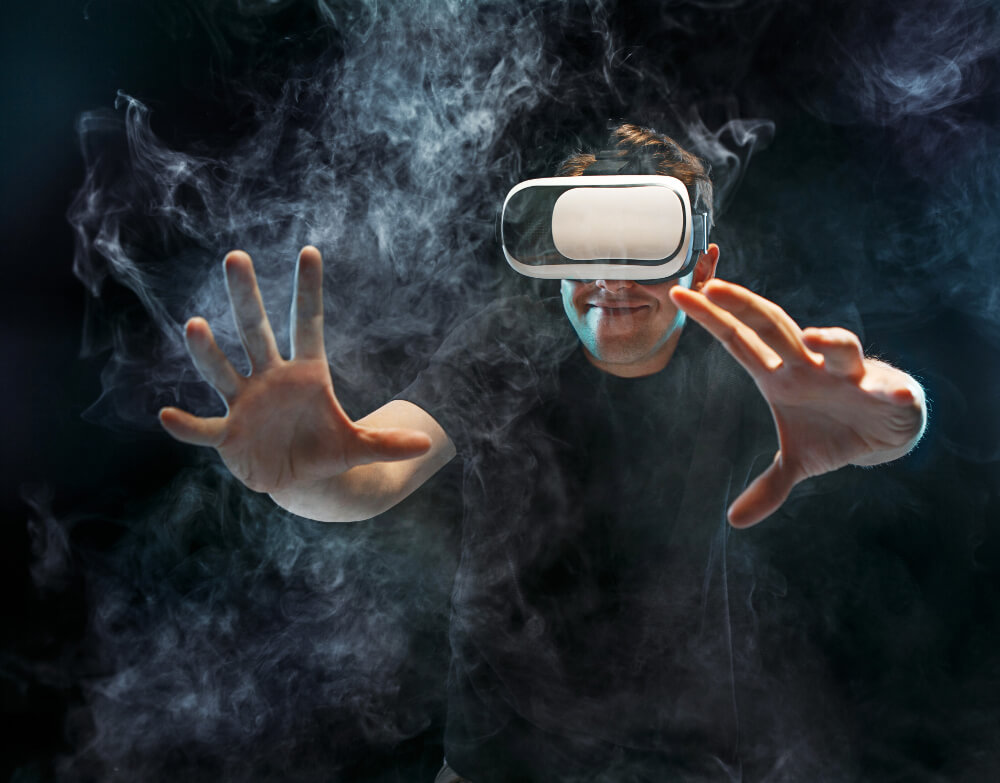
Virtual Reality Benefits
Complete Immersion: VR offers complete immersion in a virtual environment, providing users with a sense of presence and a fully simulated experience.
Training and Simulation: VR is ideal for training scenarios that require full immersion, such as flight simulations, surgical training, and dangerous job training.
Entertainment and Gaming: VR creates highly immersive gaming experiences, allowing users to interact with virtual worlds and characters in a realistic way.
Education and Learning: VR enhances learning by providing interactive and engaging experiences, making it effective for complex subjects and skill development.
VR Sectors
- Architecture
- Education
- Aviation
- Defence
- Healthcare
- Manufacturing
- Automotive
- Entertainment
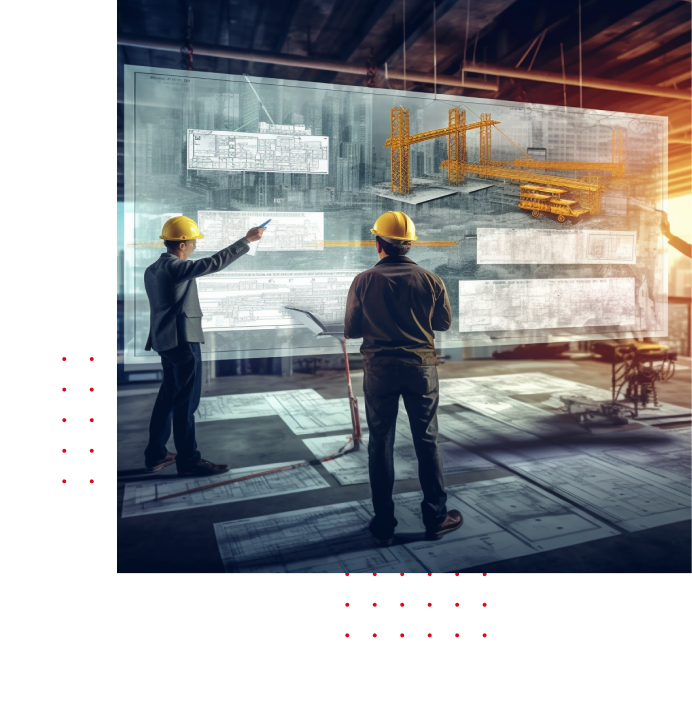

Architecture
Architectural Visualization
Users can see and walk in virtual homes which could be designed from blueprints or captured from an existing architecture.
Architecture Configurator
Users can configure the interior of houses, for example, by placing furniture, changing wall colors, and selecting floor types, among other options.
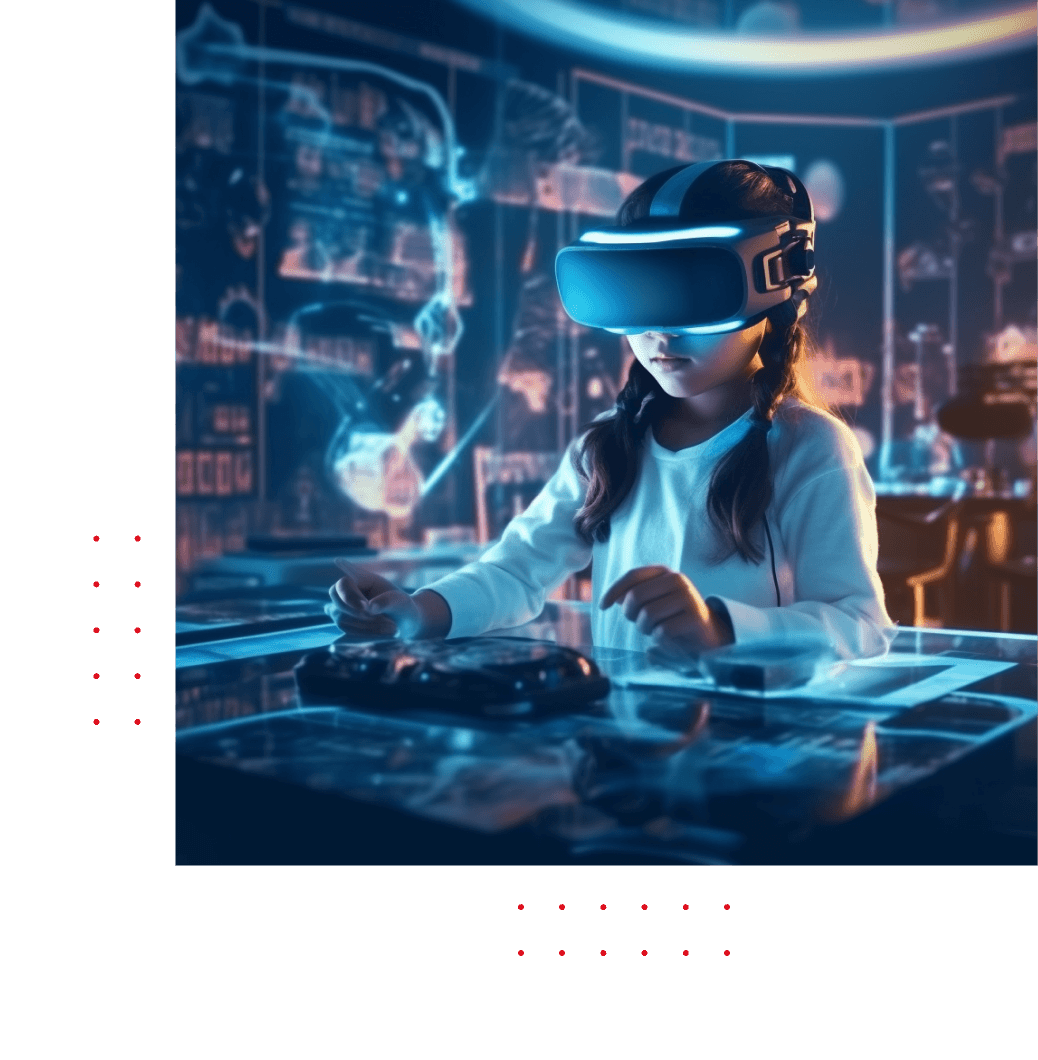

Education
VR Virtual Learning
Users can learn difficult educational topics in VR. For example, they can explore how optics work with different lenses (convex, concave, etc.).
Educational Concepts Visualisation
Users can visualize challenging topics from the syllabus that are hard to grasp. For example, they can observe the geometric structure of different elements in organic chemistry.
Practical Simulation Training
Users can engage in various practical simulations that are typically hard to perform or not readily available. For example, they can conduct risky chemical reactions without the expense of chemicals or compromising safety.


Aviation
Air Traffic Control Training
ATC training personnel can be presented with various flight scenarios that usually occur in real life. Their decision-making abilities and performance can be measured.
Real Time Traffic Monitering
Using air traffic data, a real-time airport scenario could be created for officers to visualize and manage.
Aircraft Pilot Training Simulator
All the steps that a pilot has to go through during the training phase can be simulated for them to be tested on, including flight simulations. The pilot’s deep analytics can be extracted and used to simulate the next module of the training section.
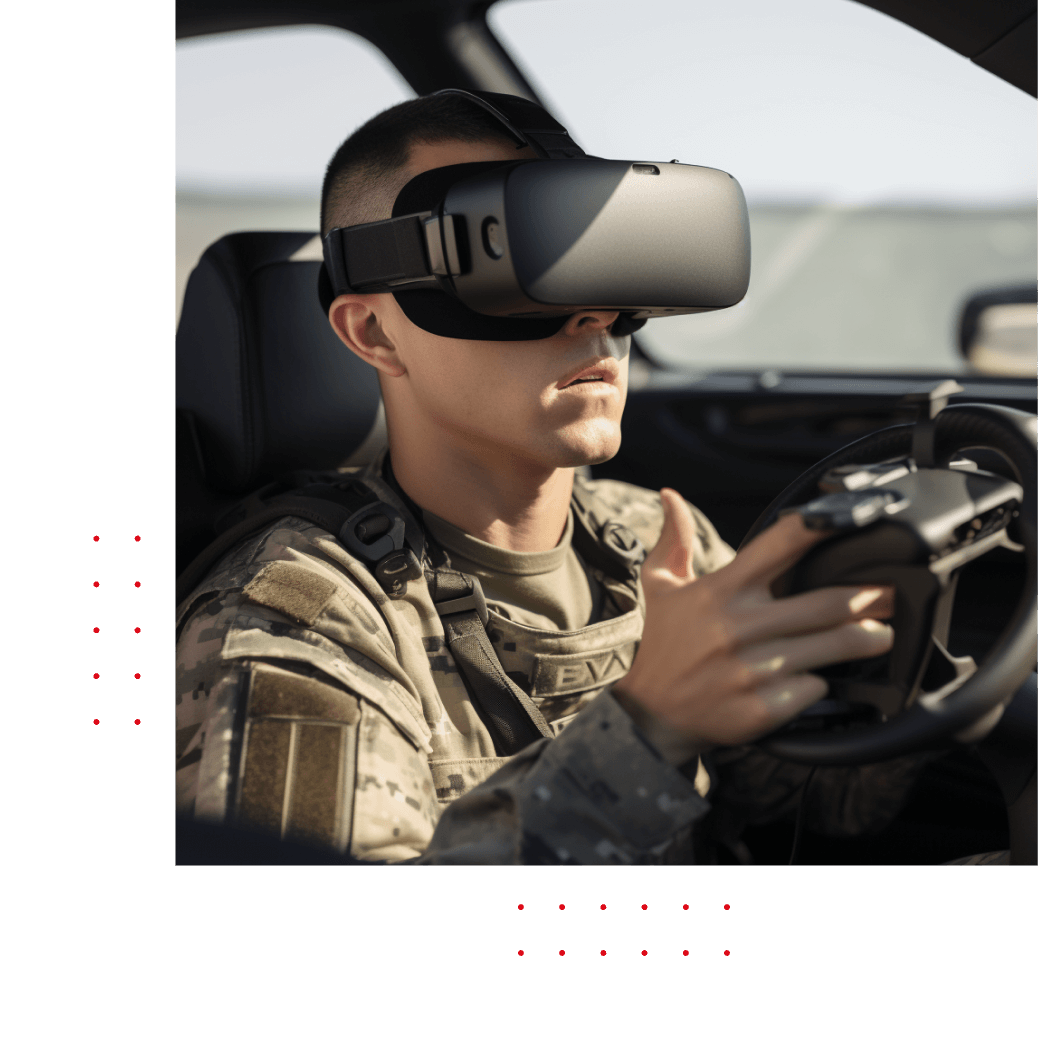

Defence
Weapons Training
Trainees will be placed in general scenarios where they can be trained to use a particular weapon type, e.g- Rocket Launchers
Terrain Visualisation:
We can retrieve satellite data from either publicly available sources or custom data streams to generate terrain for users to visualize. This visualization can be used for various operations, such as combat planning.
Tactical Combat Training Simulation
A simulation of predefined scenarios will be created for users to be placed in, where they can be trained using either guided or unguided procedures. All types of combat scenarios will be possible to simulate.
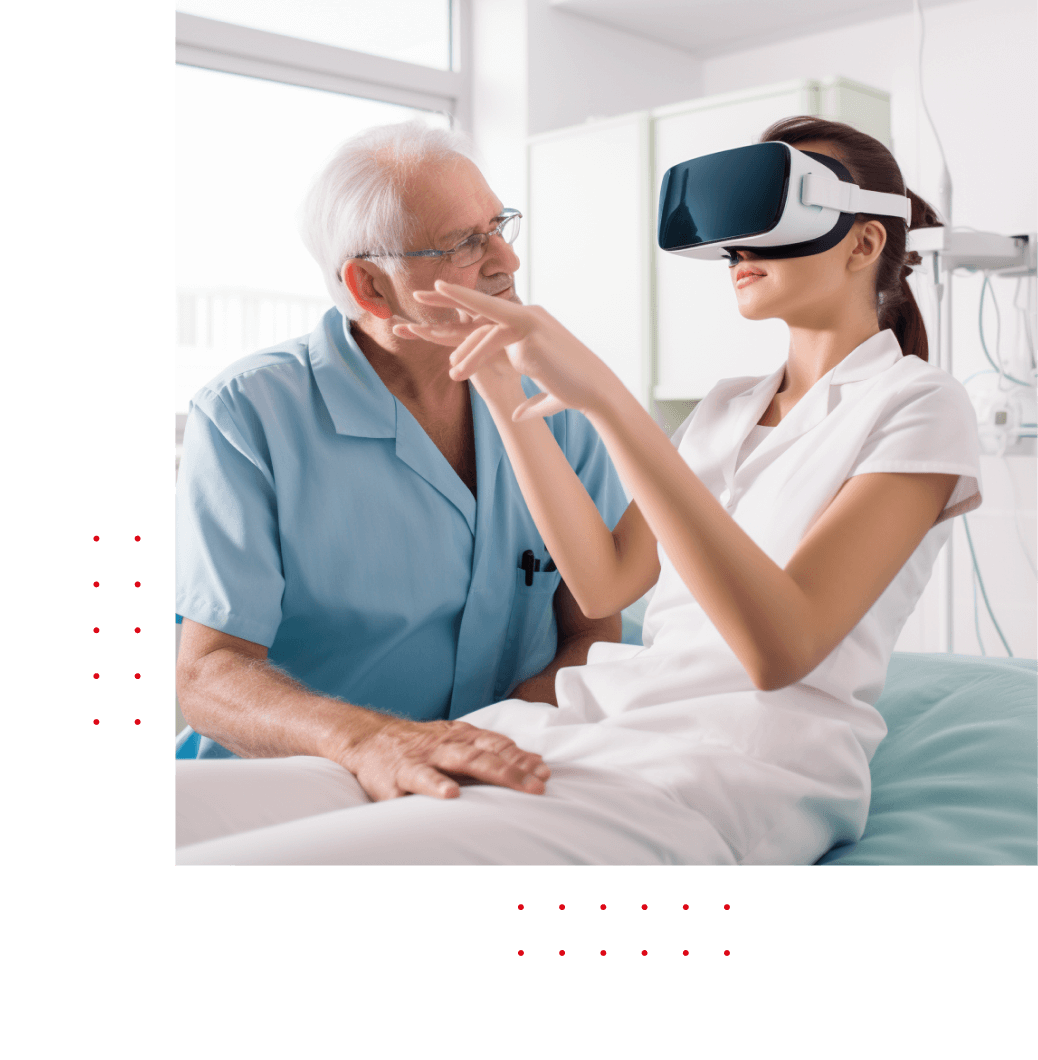

Healthcare
Surgery Procedure Education
3D animation can greatly aid in understanding and providing a proper visual of medical operations.
Medical Data Mapping
Medical data from various scanning procedures can be extracted and used to create a 3D visualization of the output. For example, doctors can closely examine CT scans of patients and mark issues on the 3D model for better understanding.
Medical Emergency Simulation
A simulation of a medical emergency can be created in a virtual environment for the analysis of doctors’ responses and preparation for real-time encounters.
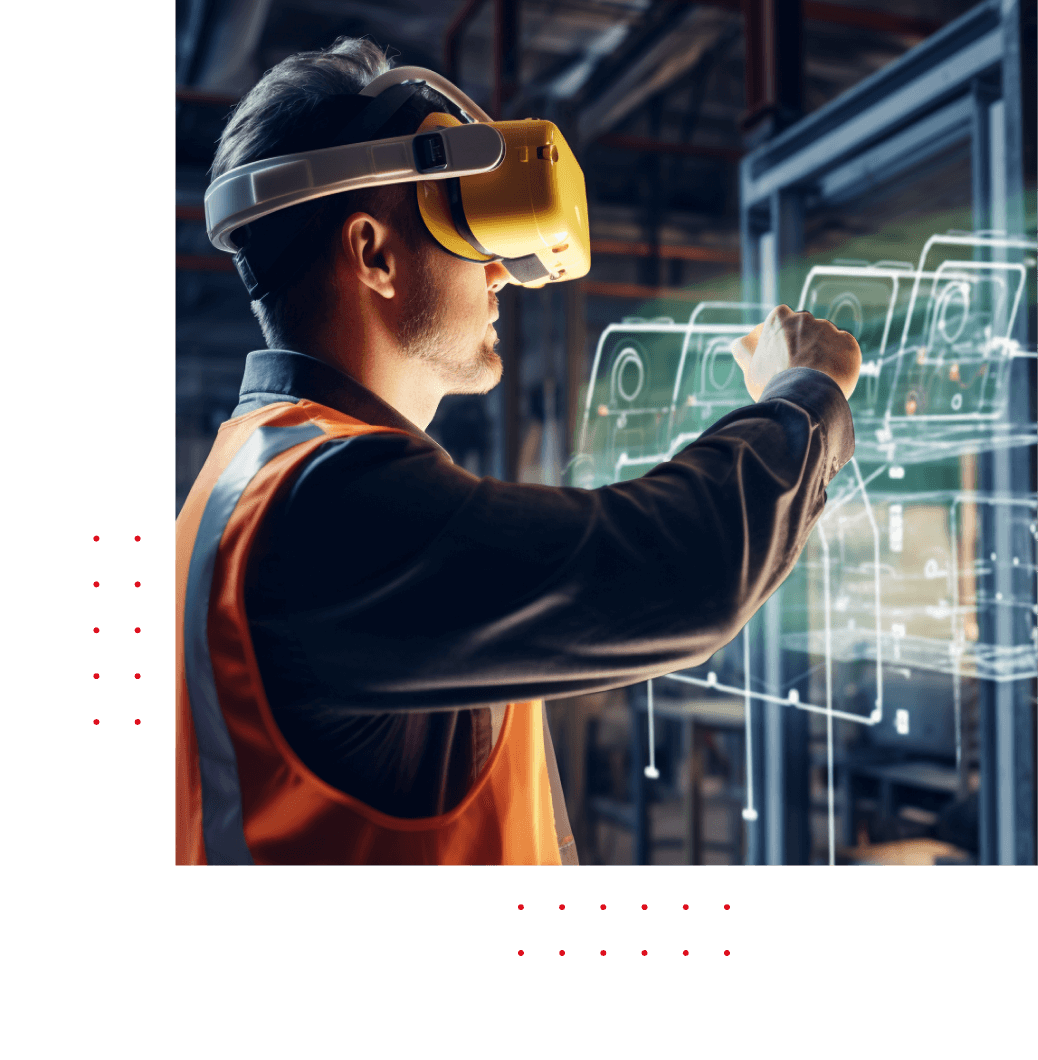

Manufacturing
Hardware Training
Workers can be trained on virtual machines instead of shutting down production for the actual ones.
Product Visualisation
The complete assembly and results of a product can be visualized and inspected.
Mechanical Simulations
Simulations of various machines can be created for understanding use cases or training users. For example, a paint simulator, pillar drill machine simulator, etc.
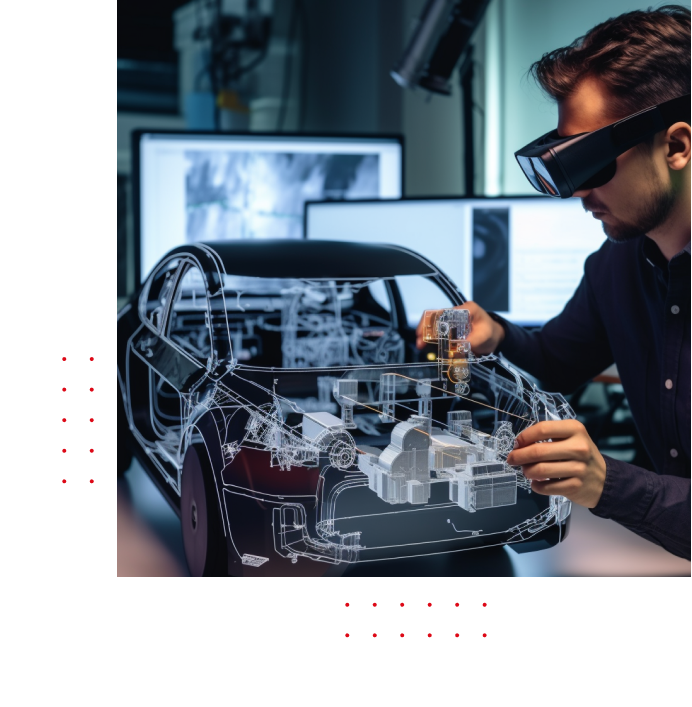

Automotive
Engine Assembly Training
Complicated tasks like the assembly of an engine can be converted into a VR experience for the guided training of the automobile workers
Vehicle Virtual Showroom
Virtual showroom of the car or other vehicles to be presented in, users can be given an additional option to configure and tune the particular vehicle
Driving Simulator
Custom simulator for the driving experience
